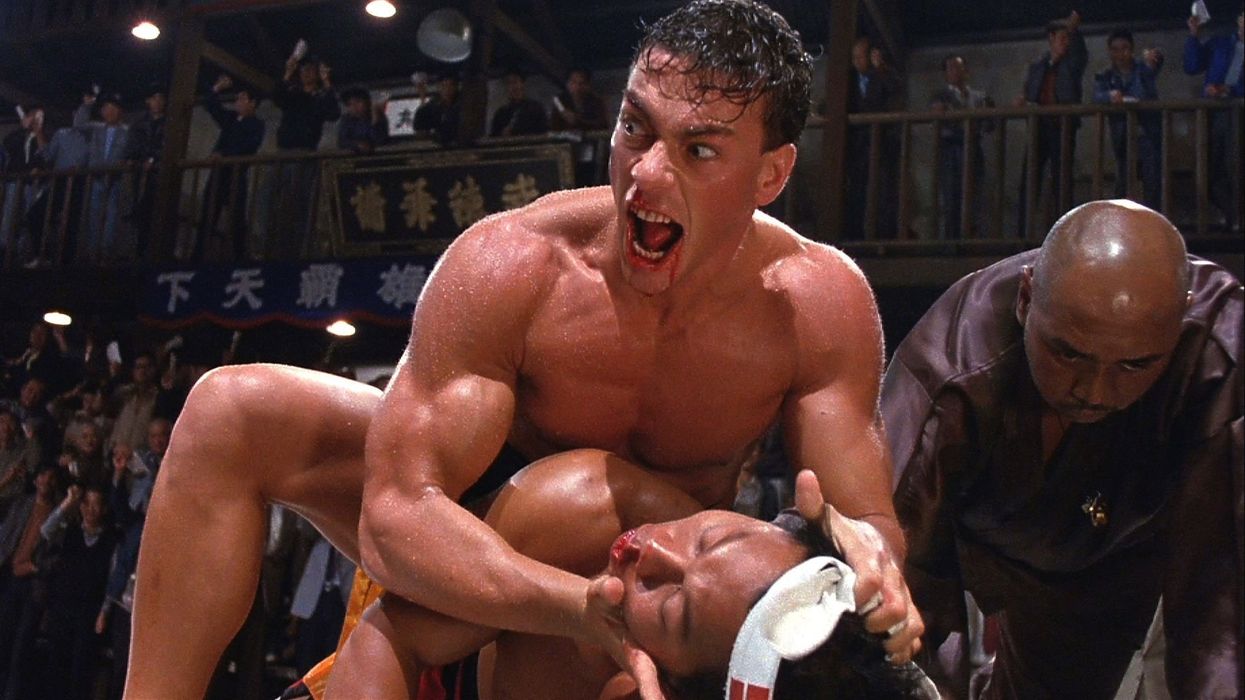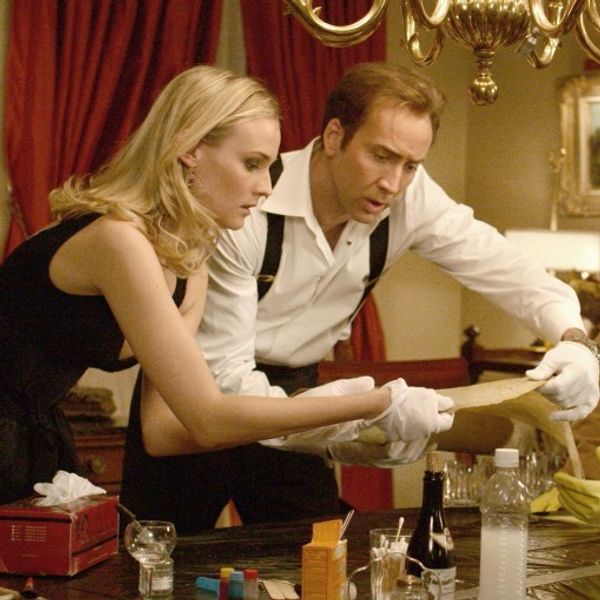Here's What You Need to Know About Shooting Big, Brutal Fight Scenes
Although a film about pacifists going wine tasting in Tuscany is just—riveting, nothing beats a good action flick with a lot of brawls.

If you're gearing up to shoot a fight scene for your project, there is quite a bit to learn before you start, including how to block, choreograph, and edit these high-octane scenes. You can learn a bunch here, here, and here.) Our buddies over at Film Riot explain how they pulled off this excellent action sequence for DJI.
Before we jump into how they did it, here's the full fight scene:
And here's Ryan Connolly to explain the techniques and tools they used to shoot this close quarter fight scene:
This sequence was shot on the A7s mounted onto a Ronin M stabilizer, as well as the DJI Osmo, a 4K camera integrated with a 3-axis handheld gimbal stabilizer. These were pretty logical choices of camera given the fact that the space they had was extremely limited.
Apart from gear, though, Connolly and his team utilized practical lights on dimmers and haze to create the atmosphere—very simple and inexpensive ways to add depth and aesthetics into your shots. The authenticity of the uniforms also add to believability.
One thing the team mentions is how they broke up the fight scene into three sections. This allows those doing the stunts to focus on a smaller portion of the choreography, which results in better performances and a lot more safety on set.
You can also tell that some tricks were used in post to make the scene feel more dynamic and intense, namely one in which a couple of frames are removed right before an impact (a punch, kick, or elbow to the chops). This gives the illusion that those impacts are being administered faster and harder—really selling the idea that it's painful. They other trick—sound effects! Pay close attention to how you design your sounds in fight scenes, because they will really help sell the illusion to your audience that they're watching a "real" fight.
I think one of the biggest lessons we can learn from Film Riot is that fight scenes don't have to be big budget set pieces; they can be done inexpensively as long as you know a few no-budge work-arounds.
What kinds of techniques do you use in your fight scenes? Let us know in the comments below!
Source: Film Riot
















